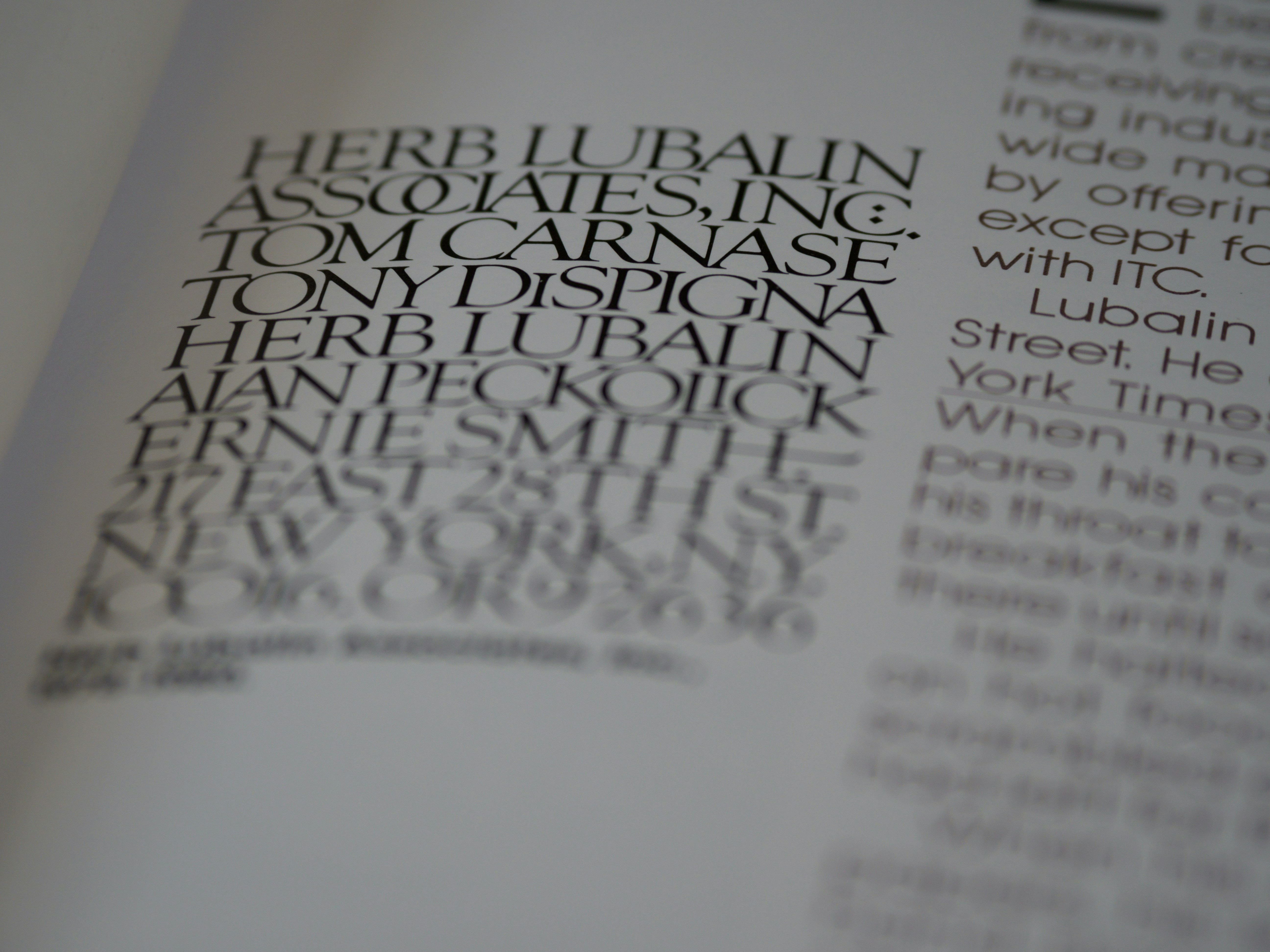Fonts


What Is a Font?
A font is a way of visually styling text. Fonts determine the appearance of letters, numbers, and symbols—and they directly influence how information is perceived. The same sentence can feel formal, friendly, strict, or creative depending on the chosen font.
In design, fonts are more than just a tool for displaying text—they’re a full-fledged visual instrument. They play a crucial role in branding, where they help set the tone for all visual communication.
Main Types of Fonts
There are countless font styles, but professional typography usually classifies them into a few core groups.
The first group is serif fonts. These are easily recognizable by the small "tails" or lines attached to the ends of letters. Serif fonts are considered more readable in long-form texts, especially in print. A classic example is Times New Roman.
Source: Microsoft
The second group is sans serif fonts. These fonts have clean, minimalist shapes with no extra strokes. They look more modern and are widely used in digital environments—on websites, apps, and user interfaces. A well-known sans serif font is Helvetica.
Источник: Microsoft
The third category includes script fonts, which mimic handwriting. These fonts add warmth, personality, and emotional depth. They're popular in advertising, packaging, and branding when you want to create a friendly and human feel.
Источник: Microsoft
Lastly, there are decorative or display fonts. These are the most expressive and unconventional fonts, used to grab attention. They can be quirky, playful, or dramatic—and are often seen in headlines and logos where a visual impact is needed.
Source: Источник: Adobe
The History of Typography
The history of fonts dates back to the invention of printing. In the 15th century, Johannes Gutenberg used a Blackletter font to print the Bible—one of the first typographic typefaces in history.
Source: Fontscape
As technology evolved, so did typography. More elegant fonts like Garamond and Baskerville emerged. The 20th century saw the rise of modernist typography, with fonts such as Futura, Helvetica, and Univers becoming design staples.
Source: Adobe
With the digital age came formats like TrueType and OpenType, and in the 21st century, web fonts were developed to ensure consistent display across screens and browsers.
Why Fonts Matter in Branding
Fonts affect how people perceive a brand. The right typeface can convey professionalism, authority, creativity, or approachability. Many brands develop custom fonts or choose those that reflect their brand voice and identity.
A great example is IKEA, which originally used Futura and later switched to Verdana—a font optimized for screens. This helped the brand look more accessible and user-friendly in digital environments.
Source: Google images
Another iconic case is Coca-Cola’s script logo. Its unique font has been a recognizable symbol of the brand for over a century.
Source: Dafontfree
Where Fonts Are Used
Fonts are everywhere. They're used in books, magazines, packaging, product labels, websites, apps, and more. Designers choose fonts for presentations, marketing materials, social media posts, and outdoor advertising.
Each use case requires a tailored approach. In interfaces, readability across various screen sizes is essential. In print, it's important to consider how the font looks when printed. In branding, fonts must harmonize with other visual identity elements.
How to Choose the Right Font
Choosing a font depends on several factors. It's important to consider the target audience, medium (screen or print), and the emotion the brand wants to convey. A font should not only be beautiful but also functional—readable, versatile, and suitable for the design's purpose.
Legal usage is also important—many fonts require paid licenses or permission for commercial use.
Font Facts Worth Knowing
- Helvetica is one of the most popular and recognizable fonts in the world. It’s used by NASA, Microsoft, Panasonic, Jeep, and many other global brands.
Source: Graphic Pear
- Google Fonts offers over 1,500 free fonts for use on websites and in applications.
- Typography is a whole design discipline that studies text composition and font behavior, including spacing, rhythm, and visual balance.
Conclusion
A font is more than just text styling—it's the voice of a brand, a means of visual expression, and a key part of visual identity. A well-chosen font can boost trust, capture attention, and make a brand memorable.
In today’s visual-first world, fonts play a crucial role—from logos to user interfaces. Knowing how to choose and use them is essential for effective design and communication.


